IS210AEAAH1BHB Controller module
The IS210AEAAH1BHB is a General Electric (GE) controller module. The module is commonly used in industrial automation and control systems, especially in environments where high precision and reliability are required.
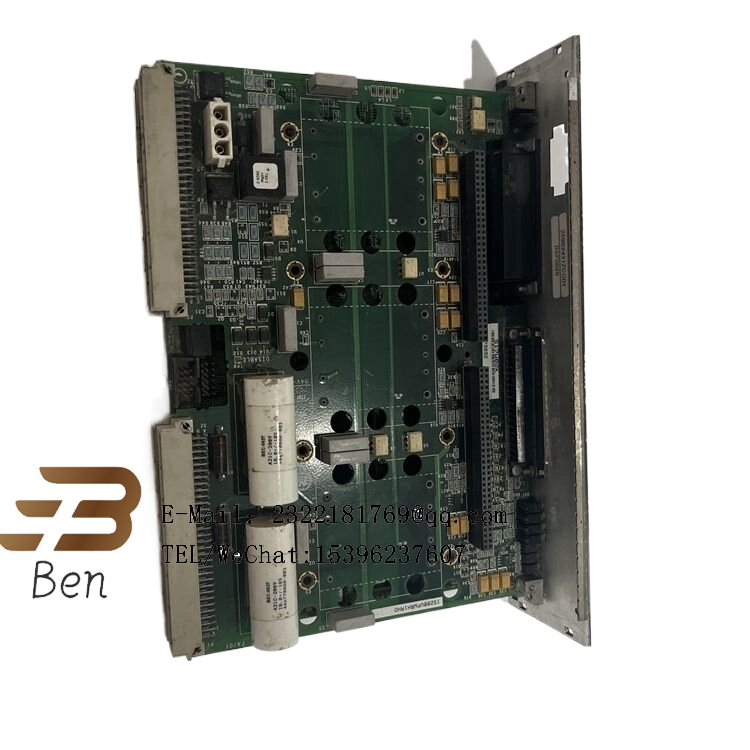
Here are some of the possible features and functions of the IS210AEAAH1BHB :
High reliability and stability: The module may employ a range of technologies and designs to ensure its high reliability and stability. For example, it may use high-performance hardware components, optimized circuit design, and advanced protection mechanisms to ensure stable operation in a variety of industrial environments.
Modular design: The IS210AEAAH1BHB may have a modular design, which makes it easy to install, configure, and maintain. At the same time, the modular design is also easy for users to customize and expand according to specific needs.
Rich I/O interfaces: In order to meet the needs of different industrial sites, the module may provide a variety of types of I/O interfaces, such as digital input/output, analog input/output, etc. These interfaces can be connected with various sensors, actuators and other devices to achieve data acquisition and control.
Powerful communication capability: The module may support a variety of communication protocols and interfaces, such as Ethernet, serial port, etc. This makes it easy to communicate and exchange data with other devices, systems or operators for remote monitoring and control.
Self-diagnostic function: In order to detect and resolve potential problems in a timely manner, the IS210AEAAH1BHB may have a self-diagnostic function. Once an anomaly is detected, it can automatically take steps to fix it or issue an alert to reduce the impact of the failure on the system.
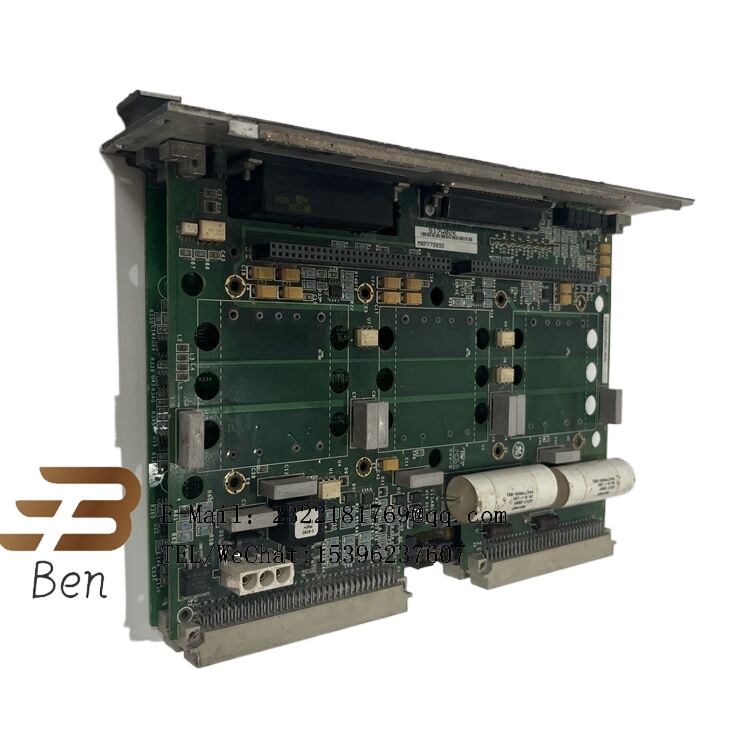
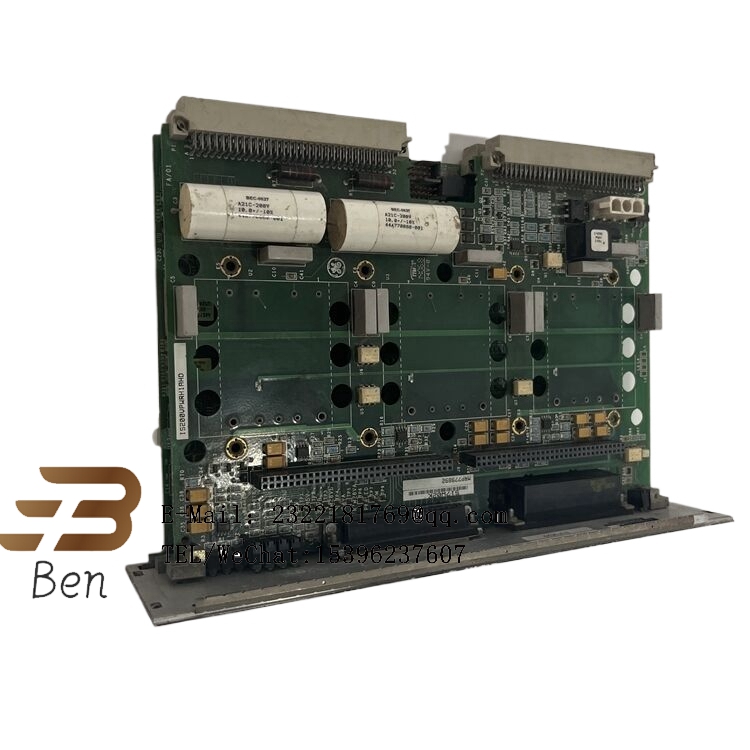
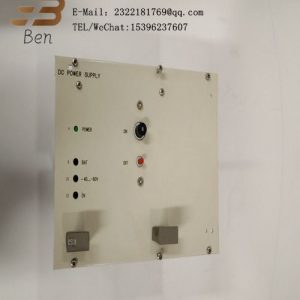
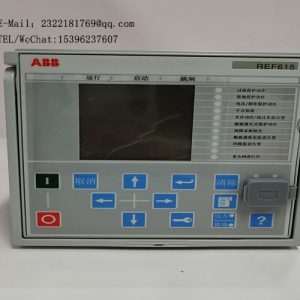
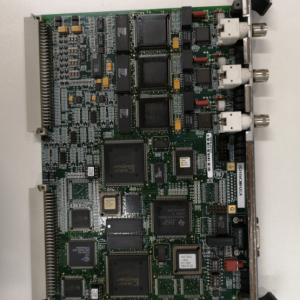
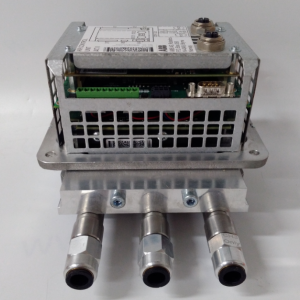

.png)
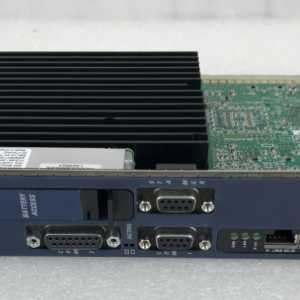

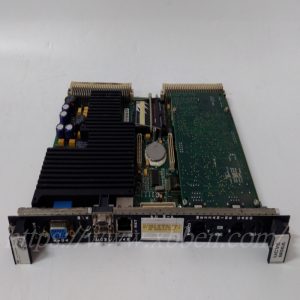
Reviews
There are no reviews yet.